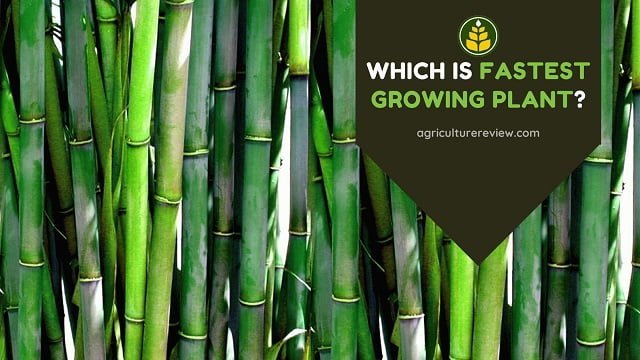1. Which of the following is not a Mendelian principle of inheritance?
2. What is the basic structural unit of the nervous system?
3. Which vitamin is essential for blood clotting?
4. In animal breeding, what is the purpose of crossbreeding?
5. Which of the following is a ruminant animal?
6. What is the function of the rumen in ruminant animals?
7. Which of the following diseases is caused by a deficiency of Vitamin D in animals?
8. What is the main purpose of artificial insemination in livestock?
9. Which of the following is an essential amino acid for poultry?
10. What is the term for the study of disease patterns in populations?
11. Which hormone is responsible for milk let-down in lactating animals?
12. What is the normal body temperature range for cattle?
13. Which of the following is a common ectoparasite affecting livestock?
14. What is the primary cause of mastitis in dairy cows?
15. What is the function of the liver in animals?
16. Which of the following is a symptom of ketosis in dairy cattle?
17. What is the primary component of hemoglobin in red blood cells?
18. Which breed of cattle is known for its high milk production?
19. What is the term for the process of giving birth in livestock?
20. Which of the following is an example of a zoonotic disease?
21. What is the main benefit of vaccinating livestock?
22. Which of the following is a symptom of anaplasmosis in cattle?
23. What is the role of the hypothalamus in animal physiology?
24. Which of the following feed additives is commonly used to improve feed efficiency in livestock?
25. What is the main advantage of using genetic selection in animal breeding?
26. Which organ is primarily responsible for filtering blood in animals?
27. What is the main component of plant cell walls that ruminants can digest?
28. Which type of muscle is responsible for voluntary movements in animals?
29. What is the main source of energy for newborn livestock?
30. Which of the following is a common bacterial disease in poultry?
31. What is the primary function of antibodies in the immune system?
32. Which of the following is a function of the pancreas in animals?
33. Which of the following is a non-protein nitrogen source used in ruminant diets?
34. What is the gestation period for a cow?
35. Which of the following is an example of anthelmintic drugs?
36. What is the primary cause of bloat in ruminants?
37. What is the main purpose of colostrum for newborn livestock?
38. Which mineral is essential for eggshell formation in poultry?
39. Which organ is primarily affected by aflatoxin toxicity in livestock?
40. Which of the following is a primary function of the rumen microbiota in ruminants?
41. What is the main symptom of foot-and-mouth disease in livestock?
42. What is the purpose of deworming programs in livestock management?
43. Which of the following is a characteristic of intensive livestock production systems?
44. Which hormone is responsible for milk ejection during lactation in mammals?
45. What is the role of the thyroid gland in animals?
46. Which of the following is a primary reason for performing castration in livestock?
47. Which of the following is a characteristic of a monogastric digestive system?
48. What is the primary function of the epididymis in male animals?
49. Which of the following is a common ectoparasite of livestock?
50. What is the purpose of using artificial insemination in livestock breeding?





